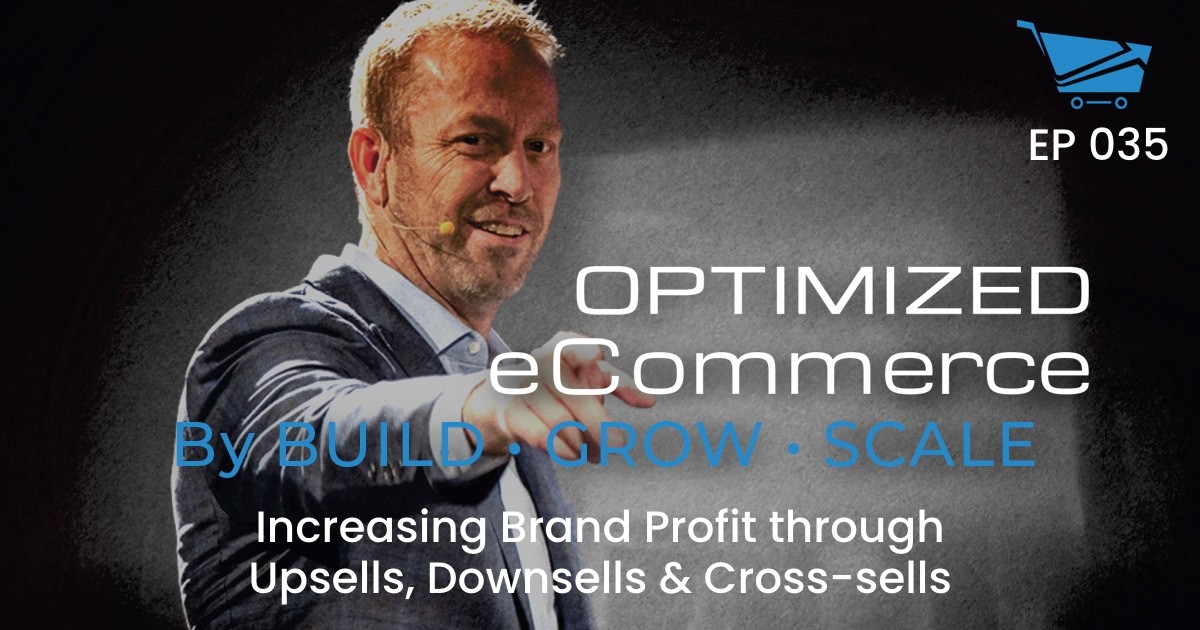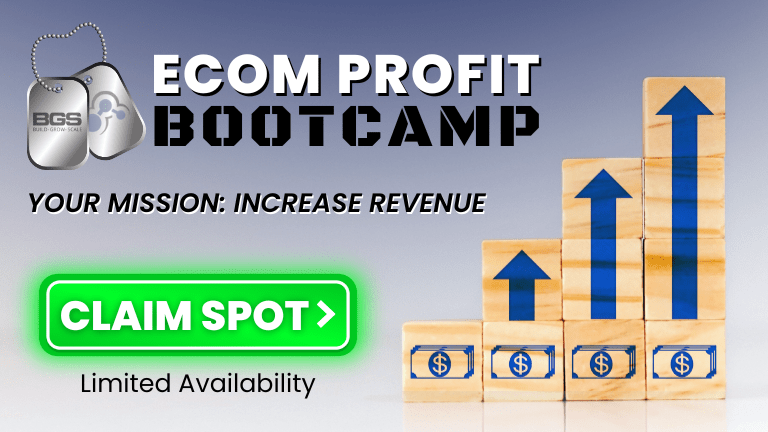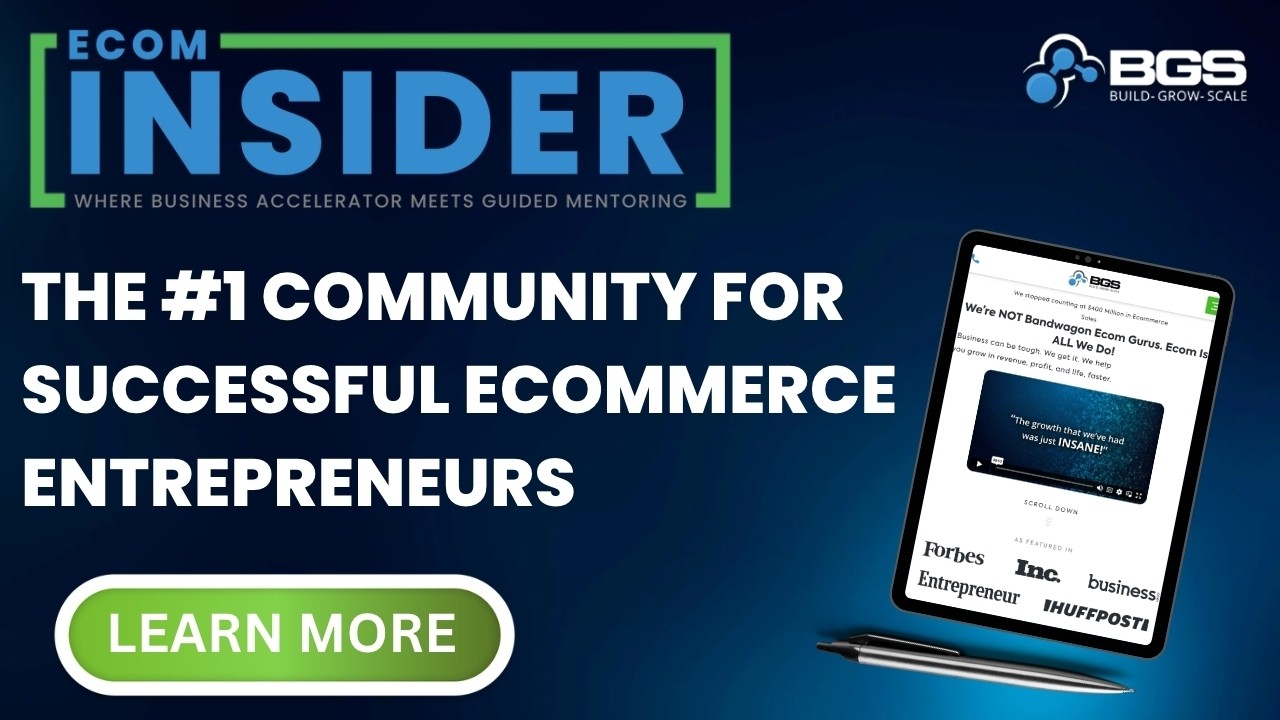Optimized Ecommerce EP 035 – Increasing Brand Profit through Upsells, Downsells & Cross-sells

Welcome to Episode 035 of Optimized Ecommerce – Increasing Brand Profit through Upsells, Downsell & Cross-sells. I’m your host, Tanner Larsson, CEO of BGS.
BGS means Build Grow Scale! It is a community that we founded where eCommerce entrepreneurs and physical product sellers come to learn how to take their businesses to the next level.
Joining us today is James Backenstose one of the pioneers of BGS Revenue Optimization Program. He is one of our Revenue Optimization Experts who works with our amplified and partnership stores and also oversees the entire revenue optimization operation.
Here’s just a taste of what we talked about today:
James shared a little background about himself and what he does on a daily basis.
James was one of the very first Revenue Optimization hires at Build Grow Scale, he was hired in November 2017 – a day before Alex entered the program.
He started out learning the basic Revenue Optimization process and fine-tuned it over the years. James elevated himself through his knowledge in eCommerce and all its aspects. Now, he oversees amplified clients from communication to basic revenue optimization principles to training and onboarding new clients. He also dabbles a bit of minor developer work.
Over the years, James worked with big stores, seeing them grow from their infancy to reaching 3 to $4 million a month in gross revenue.
Then, we talked about the specifics of upsell, downsell, and cross-sell. What are they? How do they work? And how can these affect your store’s traffic?
Upselling is the process of adding a product to their cart or offering a better product. For example, if a customer adds a neck massager to their cart, you can offer them a higher model as an upsell. But if the customer declines the upsell, then the down-sell would be something much less expensive than the original product.
Cross-selling is offering a related item with the original product which the customer added to their cart or purchase. For example, someone buys a shirt with a design on it, the cross-sell would be offering them a related item on that same niche, like socks with the same design. It should be something relatable to the original product they have purchased.
We also discussed a few other fun topics, including:
- Doing bundles for upsells and down sells, not just quantity type or a more expensive item.
- The basic overview of upselling and down selling.
- Where is the best place to offer upsells, downsells, and cross-sells?
- Why do stores need to look at the products they are offering for cross sells?
- How does chaining the upsell on the downsell work?
- What is the average baseline take rates?
But you’ll have to watch or listen to the episode to hear about those!
How to Stay Connected with James Backenstose
Want to stay connected with James? Please check out their social profiles below.
- Website: BuildGrowScale.com/author/james
- Facebook Profile: Facebook.com/jbacknforth
Resources
Also, James mentioned the following items on the show. You can find that on:
- Stickers and decals – A decal is basically a decorative sticker, generally used outdoors. These types of items can be used by stores for upselling.




